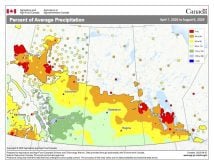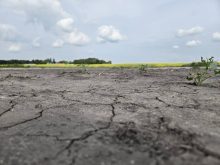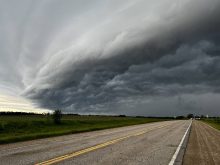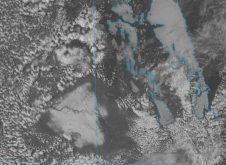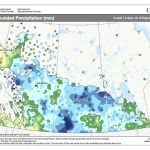As we head into the new year it seems there are some strange things going on with our world’s weather. Some people are describing it as “upside-down weather” or “backward weather,” and others are simply calling it “bizarre weather.” Any way you look at it, the weather over the past few weeks in the Northern Hemisphere has been anything but normal.
We saw record snowfall and rainfall across eastern North America during December, and there was plenty of cold, snowy/ icy weather across large portions of Europe. Farther north, over portions of the Arctic, temperatures have been soaring, with several location shattering temperature records.
Read Also
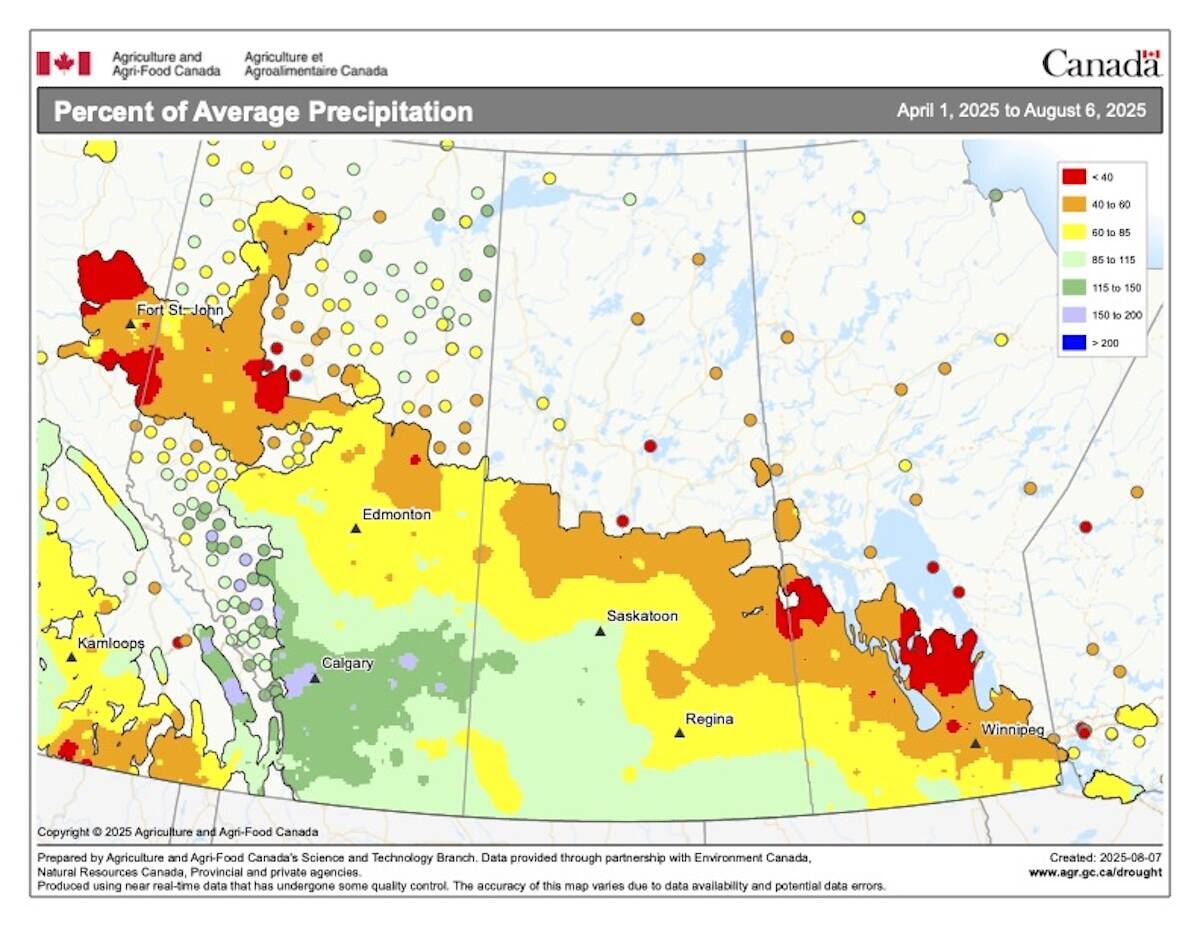
Heatwaves and upper highs
Weather expert Daniel Bezte looks at heat waves and the climate factors that lead to extended periods of high heat in the Prairies.
So what’s going on? Well, it seems that the same unusual weather pattern that developed last winter is trying to redevelop again this year. What makes this really unusual is that before last winter, this particular pattern was observed only about four times in the last 150 or so years; we may now be seeing it for the sixth time – but twice in two years.
Officially the pattern is being referred to as an extreme negative episode of the North Atlantic Oscillation (NAO). The NAO is a climate pattern over the North Atlantic Ocean and is measured by the difference of air pressure between the Icelandic Low (over the North Atlantic) and the Azores High (farther south in the Atlantic). The NAO controls the strength and direction of westerly winds and storm tracks across the North Atlantic. If there is a large difference in the pressure between Iceland and the Azores, we call it a positive NAO and this leads to increased westerly winds and mild, wet winters in Europe.
Positive NAO conditions also cause the Icelandic Low to draw a stronger southwesterly flow of air over eastern North America, preventing arctic air from plunging southward. If the difference in air pressure between Iceland and the Azores is small, it is referred to as negative NAO. Under this setup, westerly winds are suppressed and this allows arctic air to spill southwards into eastern North America more readily.
Negative NAO winters tend to bring cold winters to Europe and eastern North America, but lead to very warm conditions in the Arctic since all the cold air spilling out of the Arctic gets replaced by warm air flowing poleward.
Reverse flow
Under this extreme negative phase of the NAO, warm air flows northward and cold air is forced southward. Therefore this weather phenomenon has been given the unofficial title of the Upside-Down Winter or the Hot Arctic, Cold Continents pattern.
One way I heard it explained was with a refrigerator analogy. The Arctic is the refrigerator, creating plenty of cold air. Once in a while someone opens the door to the refrigerator. Cold air spills out and the area around the refrigerator cools off. The door is then closed and this area warms back up.
When we see an extreme negative NAO develop, it is like the refrigerator door is opened up but someone forgets to shut it. The fridge is still producing cold air, but it is pouring out of the fridge continuously. The fridge starts to get warmer and the area outside the door gets colder and colder.
Looking closer to home, we saw what Environment Canada labelled as a truly bizarre weather pattern develop during the middle of December. Usually, over the Arctic in the winter, an area of low pressure develops due to all the cold air. This area of low pressure is known as the Arctic vortex. This year, the Arctic vortex has been replaced by an area of high pressure. This area of high pressure resulted in what is known as a “retrograde motion” of weather systems across Central and Northern Canada.
In the middle of December a large storm system over Eastern Canada got caught in the retrograde or “backward” flow. Instead of moving out into the Atlantic it moved westward. Over a period of about a week, the low had moved all the way to around Great Slave Lake, bringing snow and mild temperatures across much of the Arctic. Due to this retrograde motion over the Arctic parts of Baffin Island, instead of seeing average temperatures of -21 C for highs, temperatures were above freezing and rain was falling! In fact, this usual pattern resulted in an actual drop in the amount of Arctic sea ice, and this during the period where the Arctic sees the greatest growth in sea ice.
What is the cause of this unusual weather pattern? It could simply be one of those things. It is unusual, but it has happened before, and the fact that it has now occurred twice in the same number of years could simply be chance.
A number of atmospheric scientists are not convinced of this and believe that it has to do with the summer sea ice loss. As I have discussed in the past, more open water during summer in the Arctic allows for more of the sun’s energy to be absorbed. That energy is then released during the first part of the winter and all that energy is going to affect the atmosphere. That raises the question: Will the upside-down winter start to become the winter “norm”?
———
WhenweseeanextremenegativeNAOdevelop,itisliketherefrigeratordoorisopenedupbutsomeoneforgetstoshutit.



